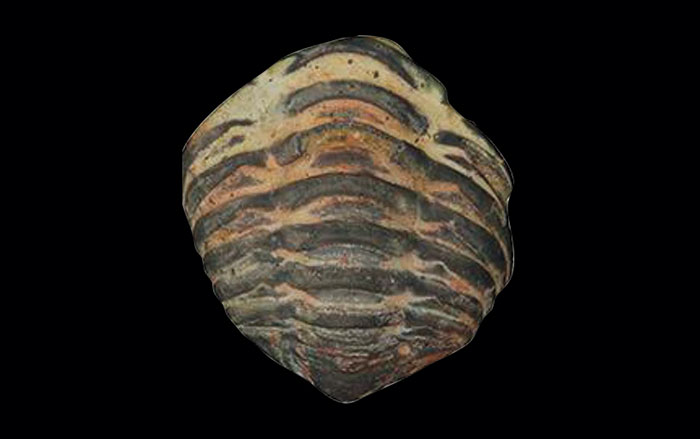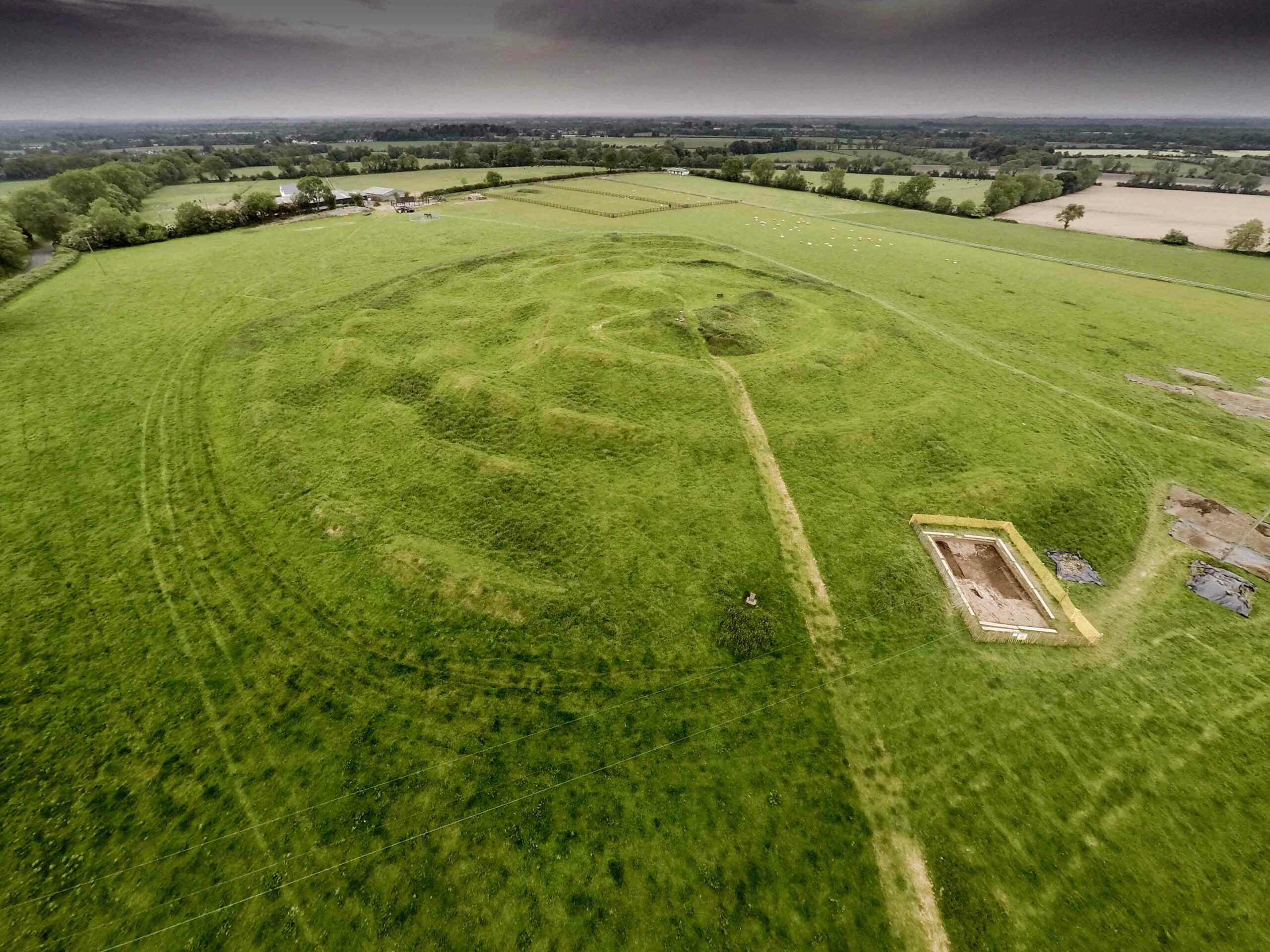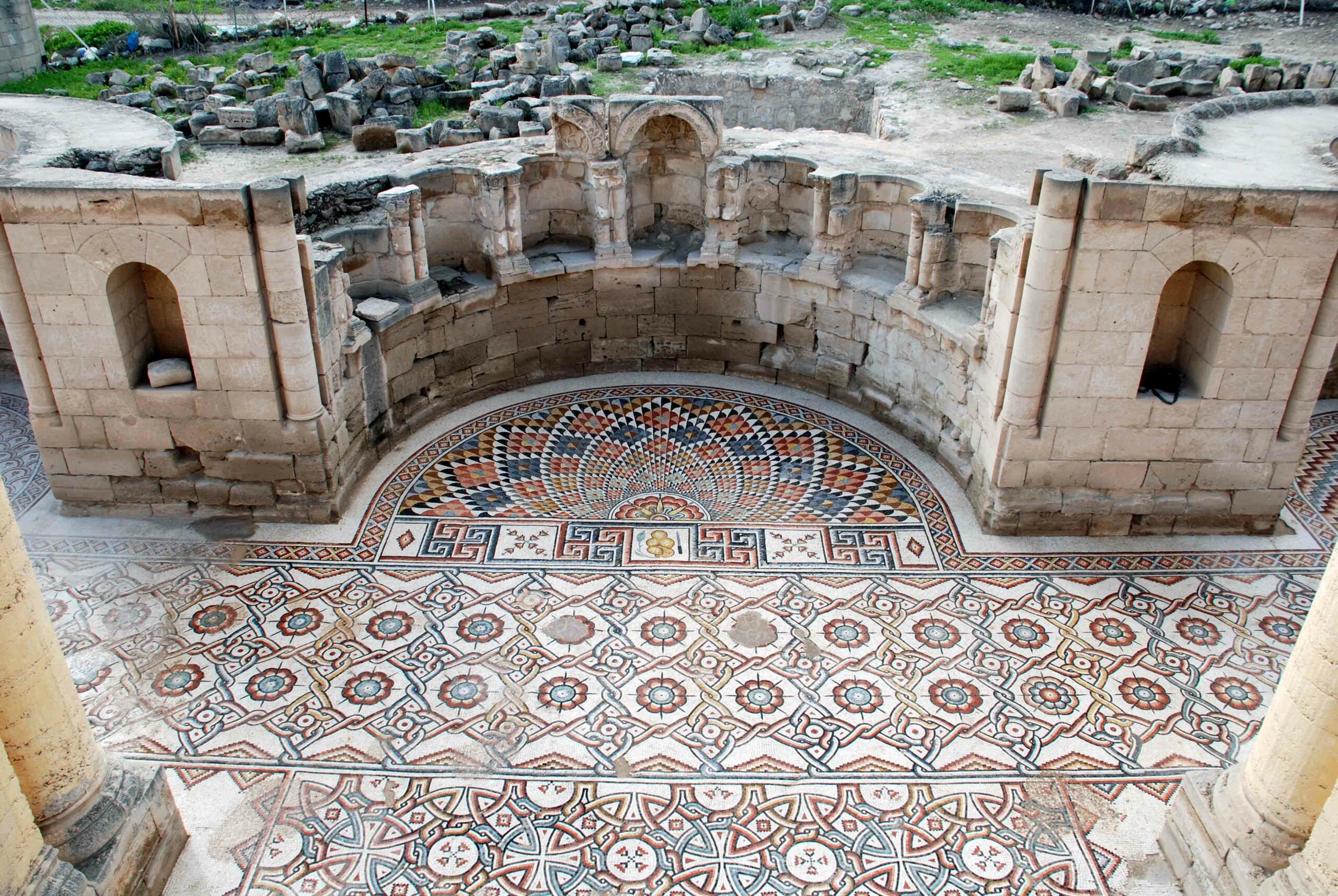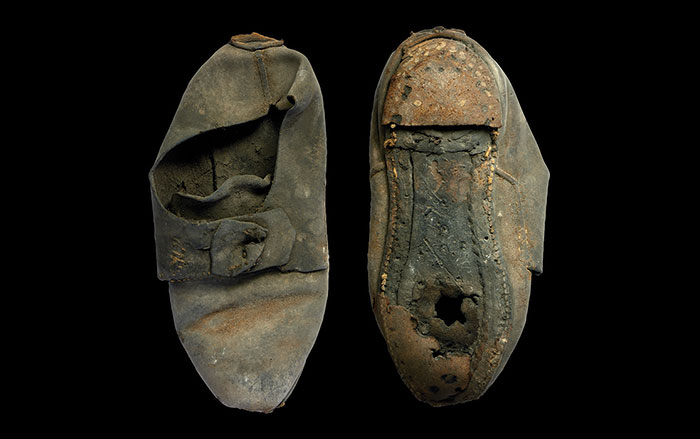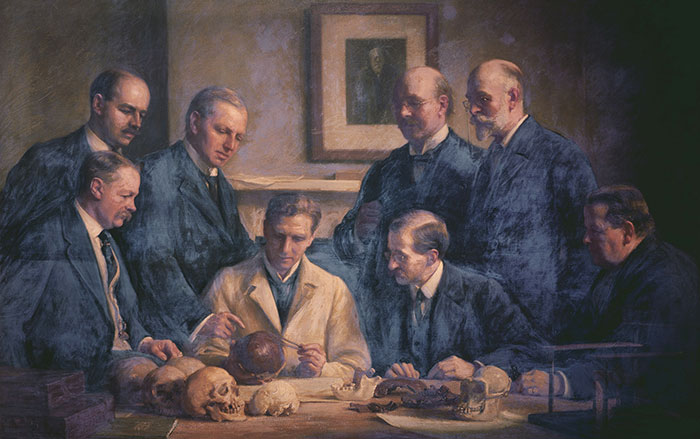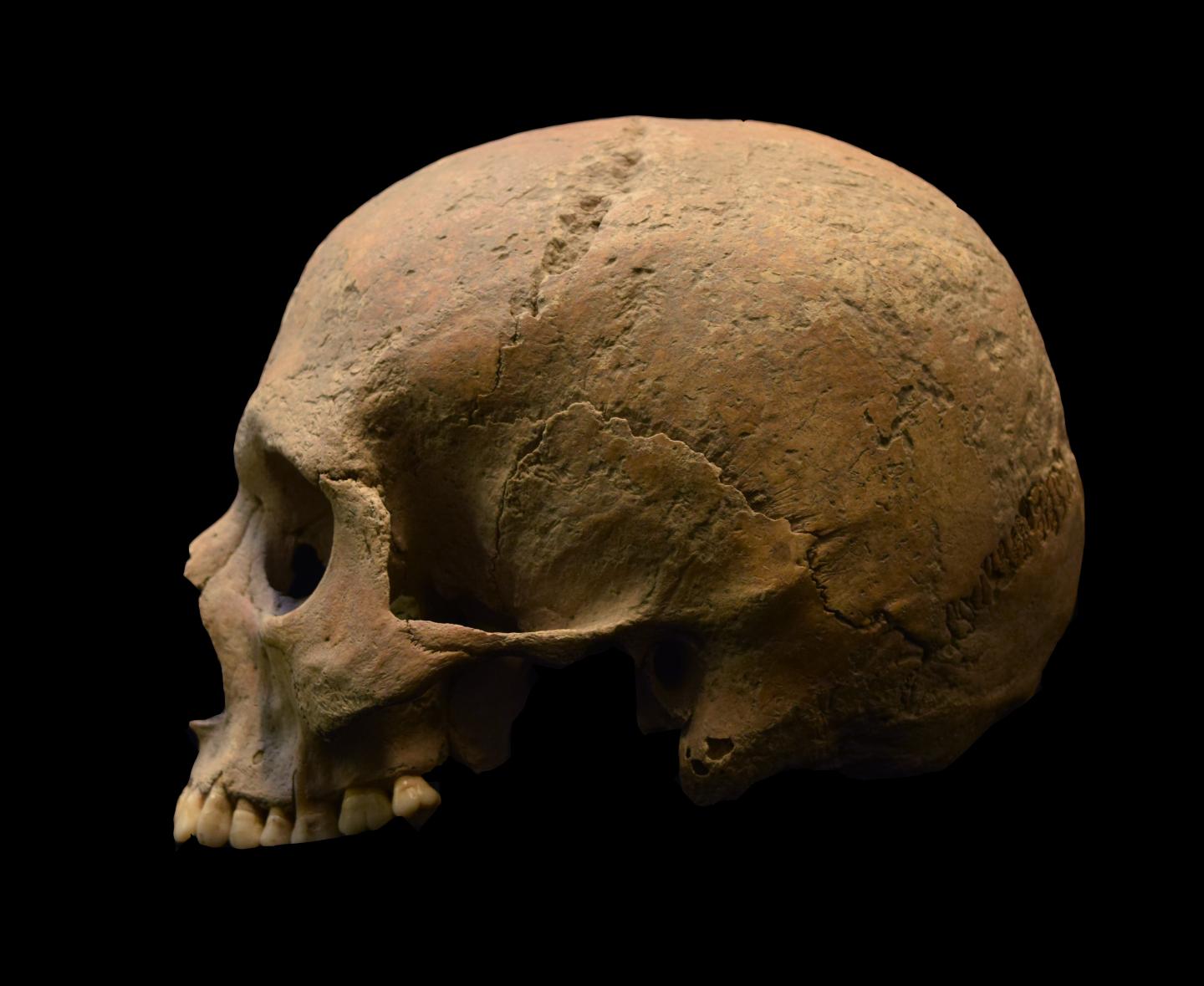
HAMILTON, CANADA—The International Business Times reports that genetic evidence for the presence of malaria in the ancient world has been found in human teeth. Historical sources describe fevers in ancient Greece and Rome, but the specific disease that caused them has been unknown. A team of researchers led by geneticist Hendrik Poinar of McMaster University’s Ancient DNA Center examined mitochondrial DNA obtained from the teeth of 58 adults and ten children who had been buried in three different cemeteries in Italy between the first and third centuries A.D. They found genetic evidence of Plasmodium falciparum, the parasite transmitted by mosquitoes that causes malaria, in teeth from two individuals. Plasmodium falciparum is the most common species of malaria parasite that infects people in sub-Saharan Africa—and the most deadly. Scholars now want to know how widespread the parasite was in the ancient world. The new evidence also provides scientists with more information about how the disease has evolved. For more, go to “Vikings, Worms, and Emphysema.”


